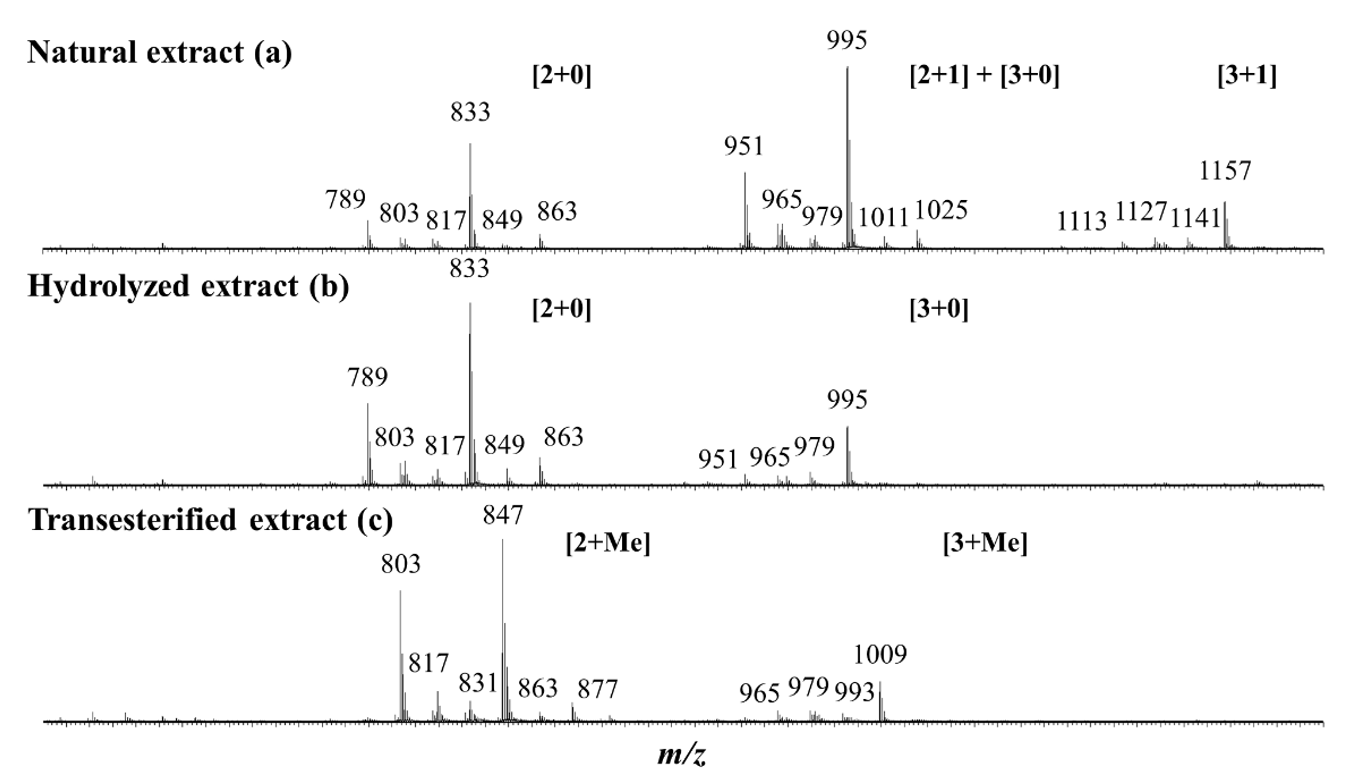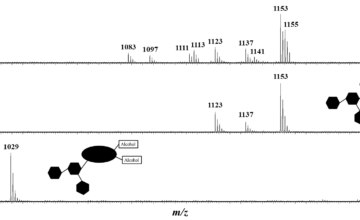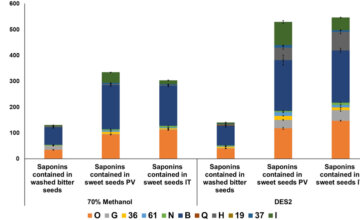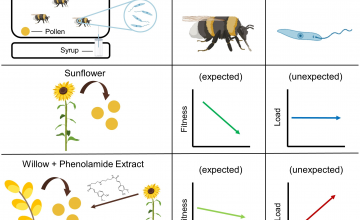Impact of the Hydrolysis and Methanolysis of Bidesmosidic Chenopodium quinoa Saponins on Their Hemolytic Activity

Saponins are specific metabolites abundantly present in plants and several marine animals. Their high cytotoxicity is associated with their membranolytic properties, i.e., their propensity to disrupt cell membranes upon incorporation. As such, saponins are highly attractive for numerous applications, provided the relation between their molecular structures and their biological activities is understood at the molecular level. In the present investigation, we focused on the bidesmosidic saponins extracted from the quinoa husk, whose saccharidic chains are appended on the aglycone via two different linkages, a glycosidic bond, and an ester function. The later position is sensitive to chemical modifications, such as hydrolysis and methanolysis. We prepared and characterized three sets of saponins using mass spectrometry: (i) bidesmosidic saponins directly extracted from the ground husk, (ii) monodesmosidic saponins with a carboxylic acid group, and (iii) monodesmosidic saponins with a methyl ester function. The impact of the structural modifications on the membranolytic activity of the saponins was assayed based on the determination of their hemolytic activity. The natural bidesmosidic saponins do not present any hemolytic activity even at the highest tested concentration (500 µg·mL−1). Hydrolyzed saponins already degrade erythrocytes at 20 µg·mL−1, whereas 100 µg·mL−1 of transesterified saponins is needed to induce detectable activity. The observation that monodesmosidic saponins, hydrolyzed or transesterified, are much more active against erythrocytes than the bidesmosidic ones confirms that bidesmosidic saponins are likely to be the dormant form of saponins in plants. Additionally, the observation that negatively charged saponins, i.e., the hydrolyzed ones, are more hemolytic than the neutral ones could be related to the red blood cell membrane structure.




